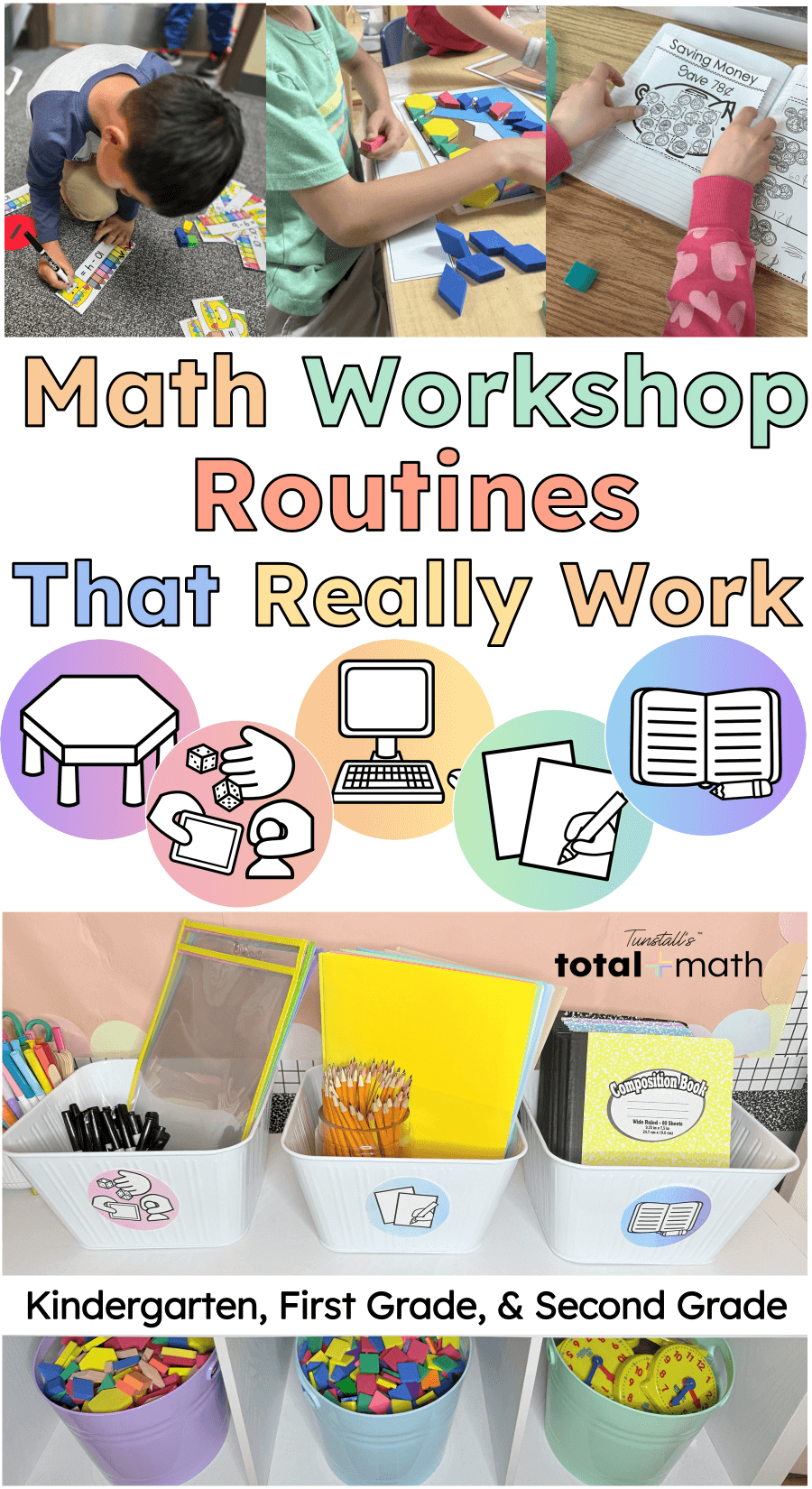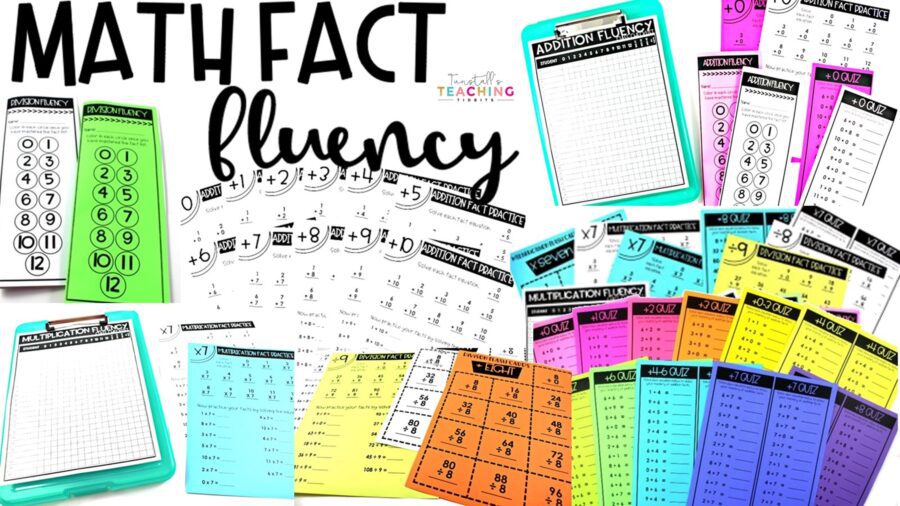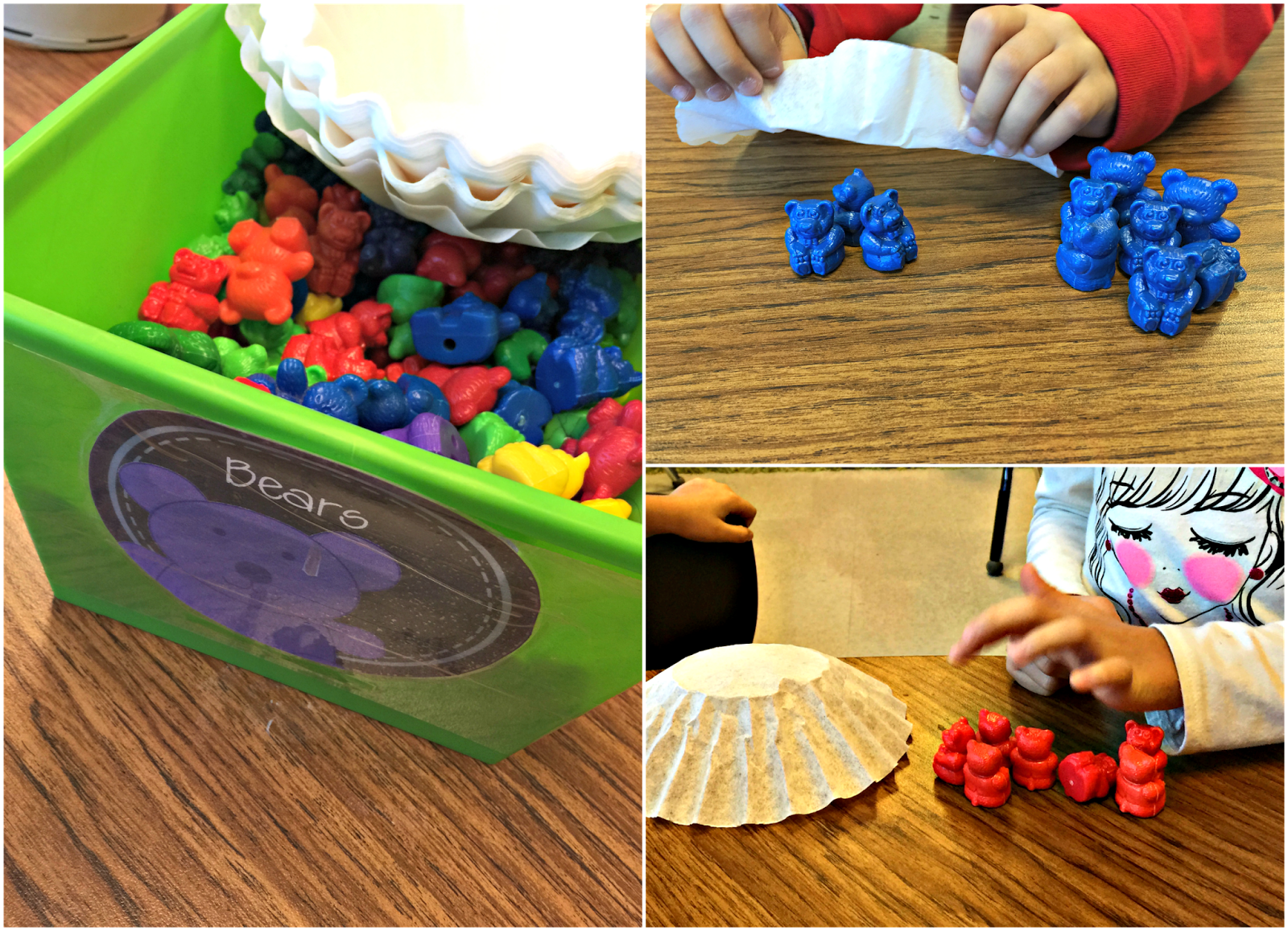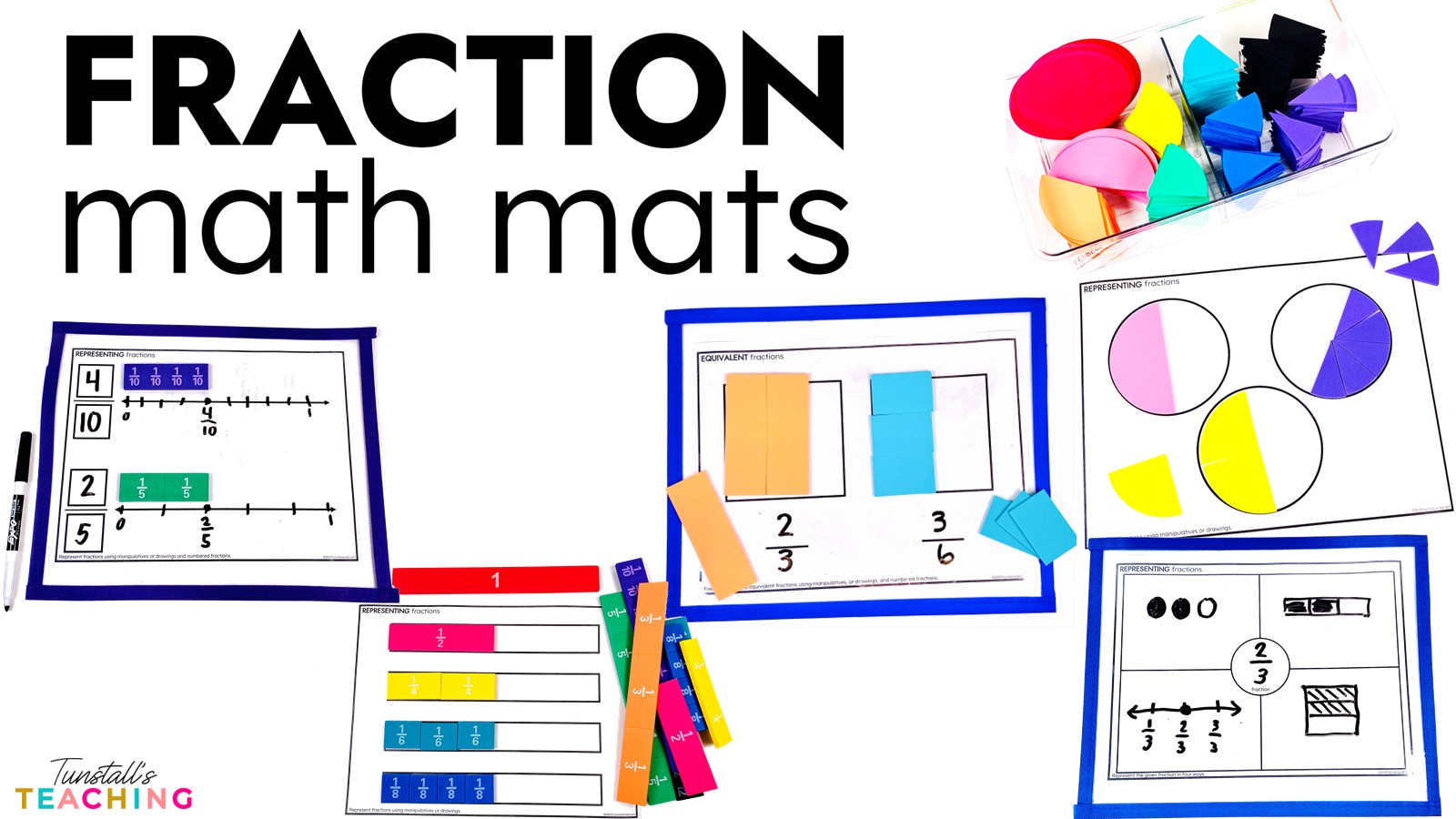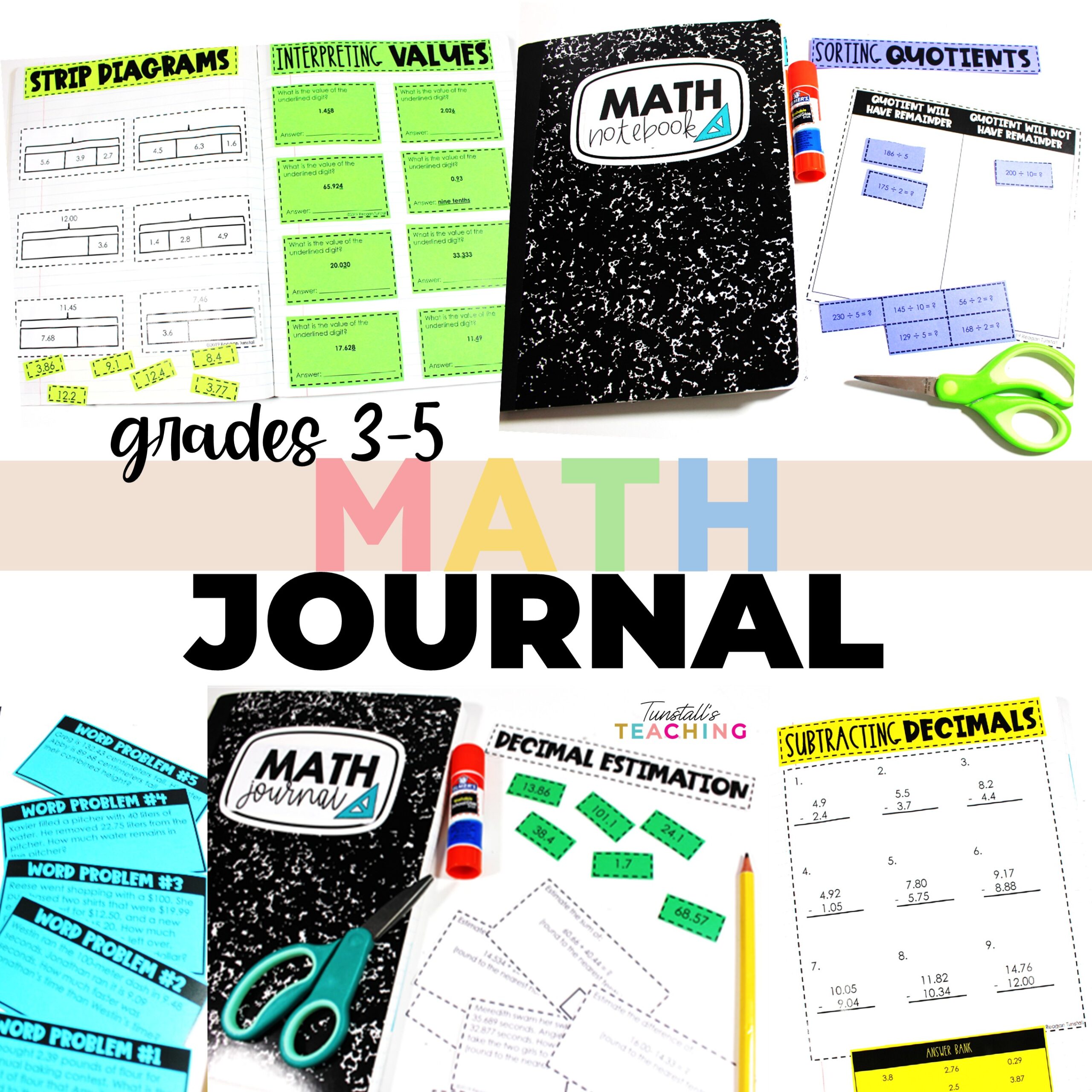Math Workshop Routines That Work A Teacher’s Guide for K-2 Math Centers

Math workshop looks different in every classroom, but one thing is always true: routines matter. With predictable structures and engaging centers, your students know exactly what to do, while you get the freedom to focus on small group instruction.
In this guide, you’ll find K–2 math workshop routines that work from whole-group to centers to small-group instruction. I’ll also link to grade-specific posts for kindergarten, 1st grade, and 2nd grade, so you can dive deeper into the routines that fit your classroom best.
Why Math Workshop Routines Work in K–2
-
Build confidence through predictable structure
-
Encourage independence in math centers
-
Allow for differentiation with small groups
-
Provide spiral review of essential standards
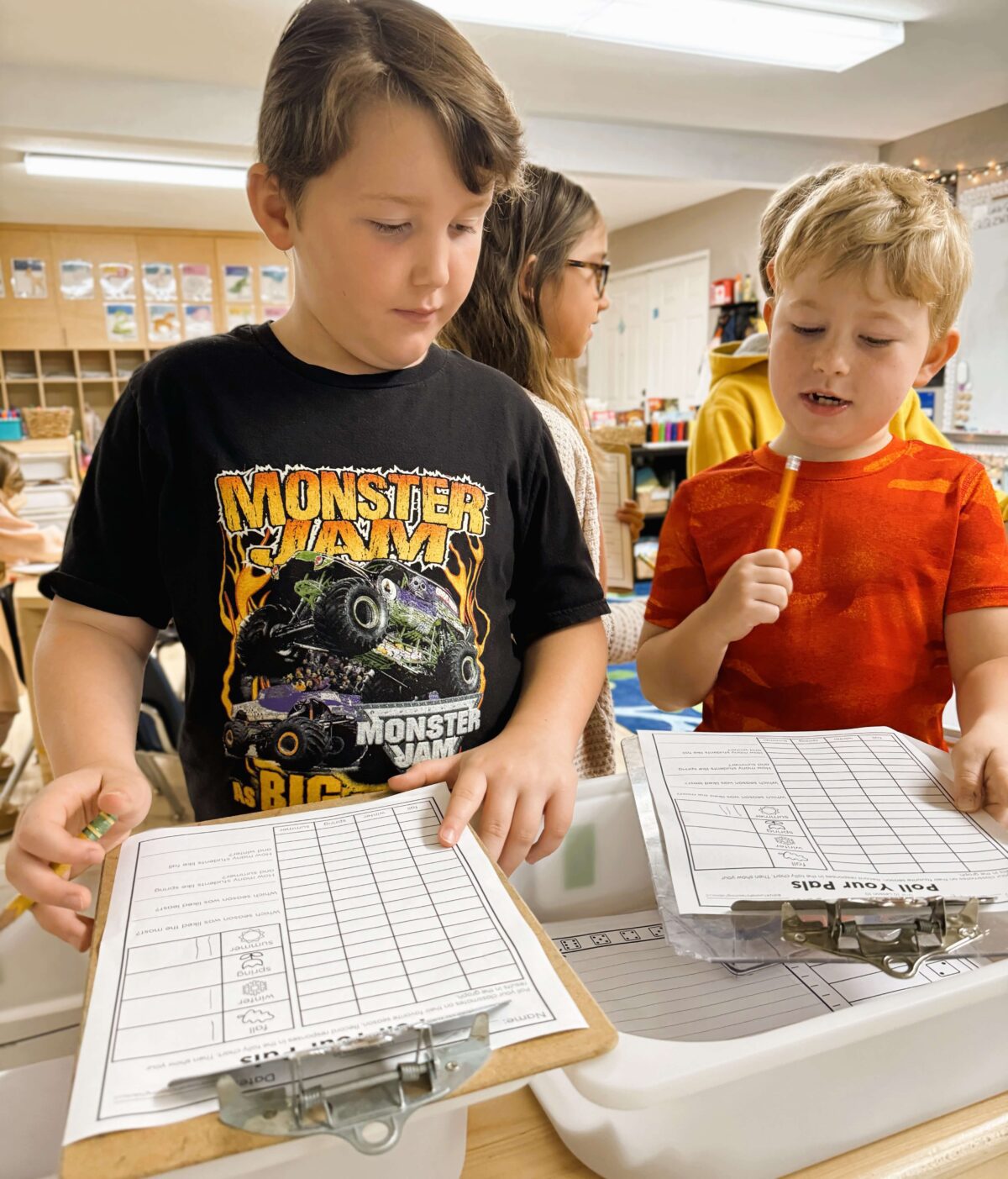
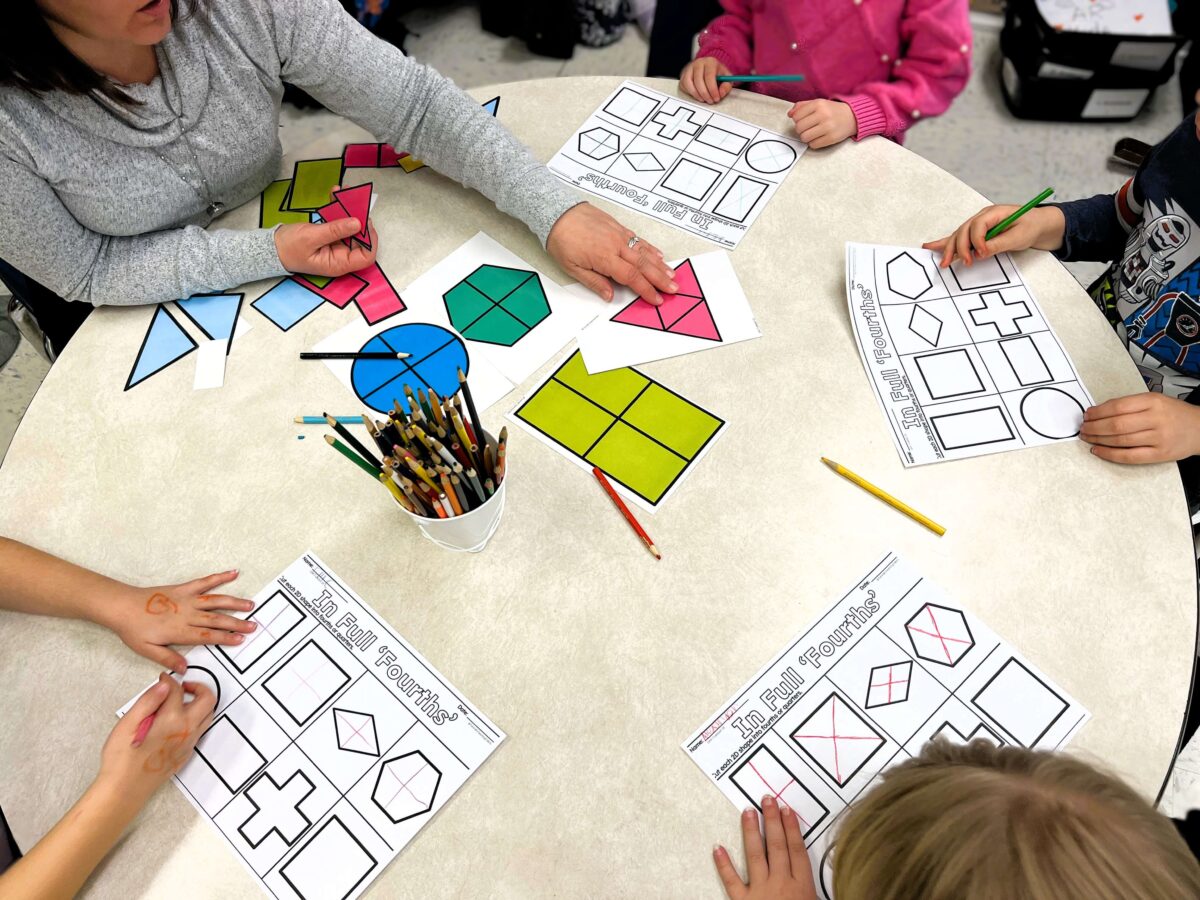
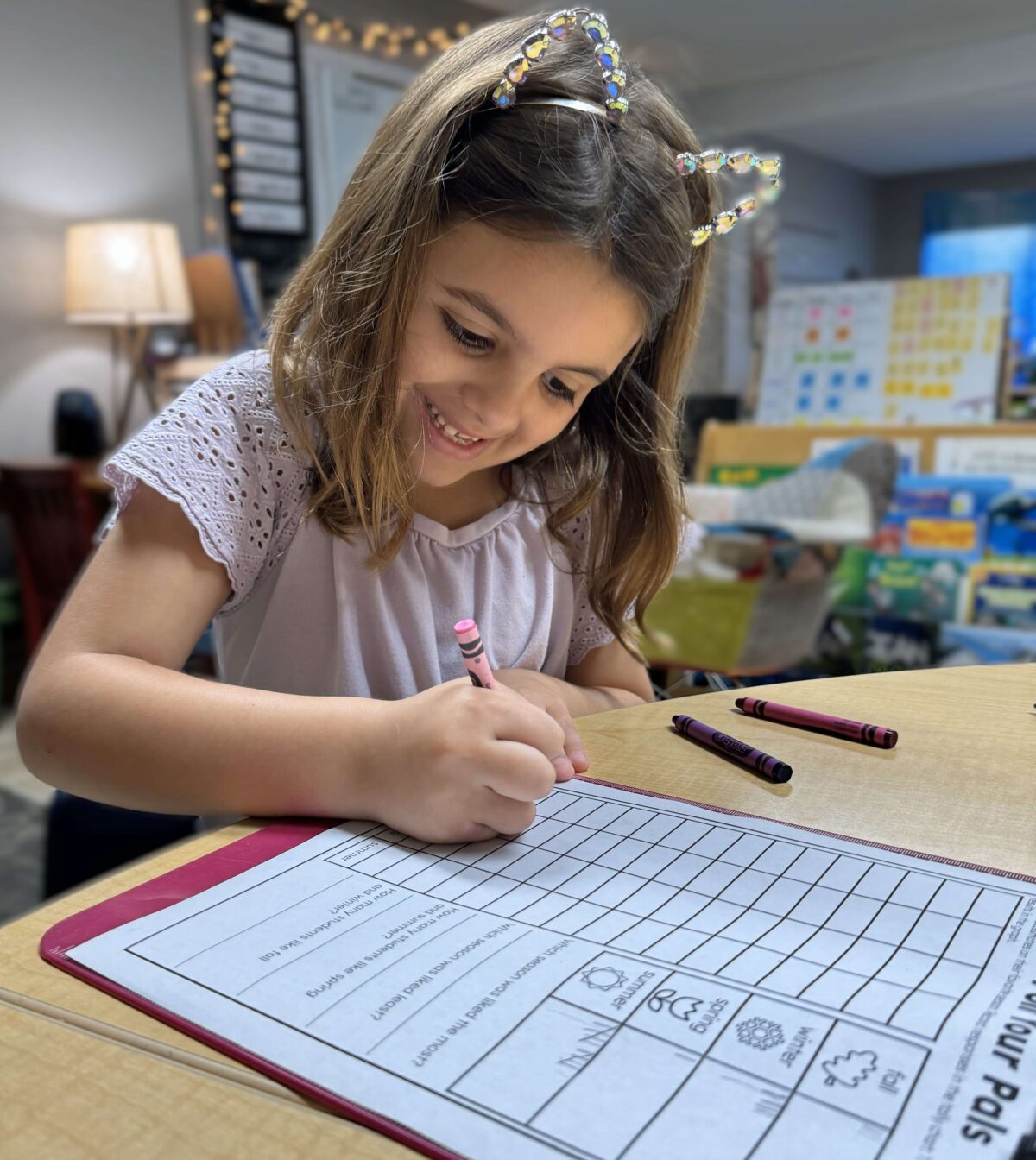
Math Center Structure for K–2
Total Math uses the acronym T-O-T-A-L to provide a researched based well-rounded math experience for students. You certainly don’t need to offer all of the Total rotations in your math block, however, the low prep options make it easy to do so!
Below is an explanation of each station in the T-O-T-A-L structure.
-
Teacher Table: Differentiated and targeted lessons and materials for all learning levels. Try the Total Math framework for free! Free Total Math Lesson For K 1st 2nd
-
Hands-On Games: Highly-engaging math practice in a variety of formats. Try them Free HERE and find more free hands on games in the free lesson download for your grade level. K 1st 2nd
-
Math on Technology: Ready-to-go one click technology games for every standard and day of the school year. Find the technology game links pdf in the free lesson download for your grade level. K 1st 2nd
-
Application Station: No-Prep math skills practice pages for independent reinforcement. Find the application station pdf in the free download for your grade level. K 1st 2nd
- Learning Log: Daily no-prep math journal entries for a record of learning students love to keep. Find the learning log pdf in the free download for your grade level. K 1st 2nd
Dive into Your Grade Level Content
Total Math workshop provides the routine and structure of centers time, but before breaking off into these workstations, there are exciting yearlong instructional routines teachers can use to increase math effectiveness. Total Math includes all the components for the total math block every day. Whether you want to supplement a core curriculum or you need a full program for implementation, you can find each component organized by math topic and grade level.
The Total Math Block Design (K–2)
Daily lessons include:
- Warm-Up Slides
- Number Fluency Slides
- Vocabulary Cards
- Math Strategies Slides/Posters
- Direct Instruction/Whole Group Lesson Plan
- Interactive Teaching Slides
- Teacher-Led Learning Math Mats and Task Cards
- Periodic Note-Taking Journal Entries (Grades 1 and 2)
- Take Home School Communication Newsletters
Daily Aligned Math Stations Include:
This is where the acronym T-O-T-A-L came from
- Teacher-Led Learning and Materials
- Hands-On Math Station
- Technology Math Station (Google Classroom Ready)
- Application Station (Independent Practice)
- Learning Log Activities (Math Journal)
Evaluations Included:
- Daily Lesson Reflection Slides
- Unit Pre-Assessment
- Periodic Exit Tickets
- Mid-Unit Checkpoint of Skills
- Unit Review Slides and Student Booklets
- End of Unit Assessments
- Answer Keys
To kick off the year, all grades establish a math community over 10-15 days. This is typically the first two weeks of school. From there, each grade takes off into their own standards-aligned math content. Read more about the first unit for each grade level below.
Kindergarten Numbers 0-5
Once we have our math community established, our first unit of study in kindergarten is Numbers 0-5. This post provides a detailed overview.
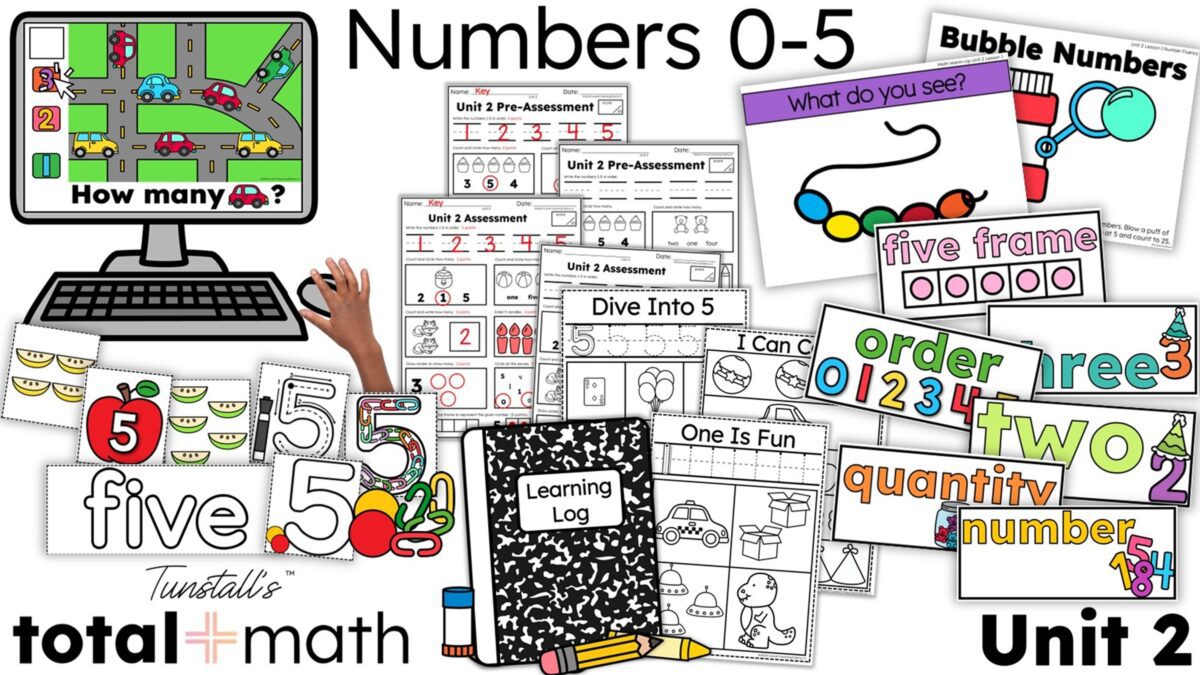
First Grade Foundations of Numbers to 50
First grade dives into Foundations of Numbers to 50 after building a math community. Take a look at how this exciting unit unfolds.

Second Grade Place Value
Place Value is the foundational unit for beginning second grade. Come see how we use Place Value as the building blocks for our math studies throughout the year.
Math Fact Fluency
If your school requires you to provide math fact fluency, we have a variety of options to help. They are linked below the image. These are helpful for tracking and monitoring memorization of math facts, however, there are many other ways to build up math fact fluency within the math block. You can read more about that in this post.
Addition/subtraction to 10 (K–1) Addition/Subtraction to 20 (1st-2nd), and multiplication/division (2nd grade)
With the right routines, math workshop transforms into a powerful mix of structure, independence, and joy. Whether you’re teaching kinders just learning to count, first graders building up strategies for addition and subtraction, or 2nd graders tackling place value and regrouping, these routines help math centers practically run themselves.
Information, Scope, and Standards
Click any of the images below to download the Information, Scope, and Standards documents.
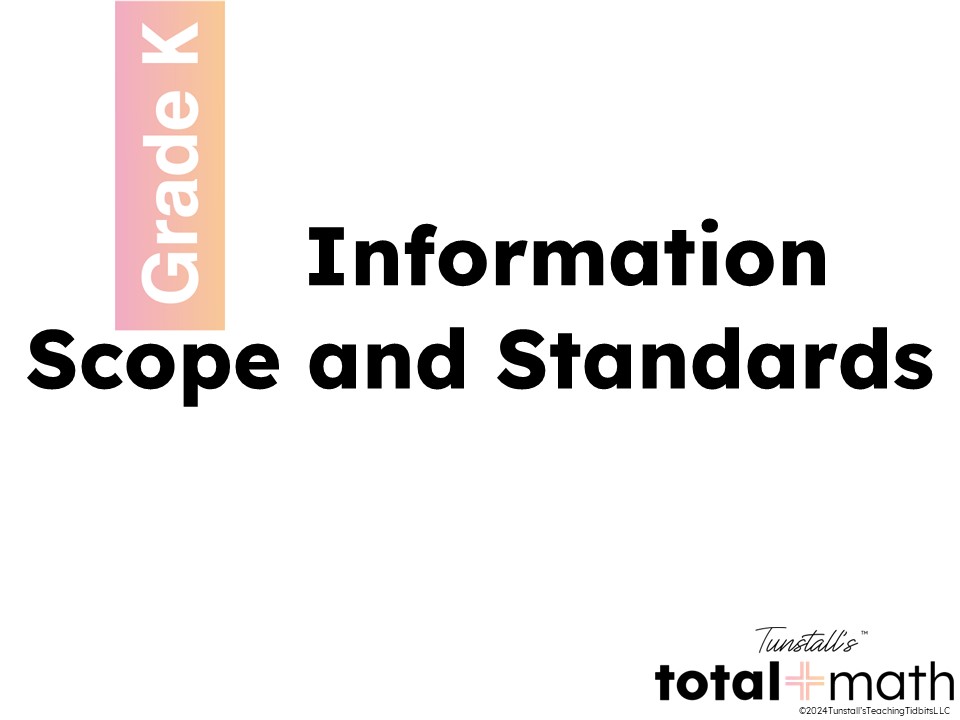
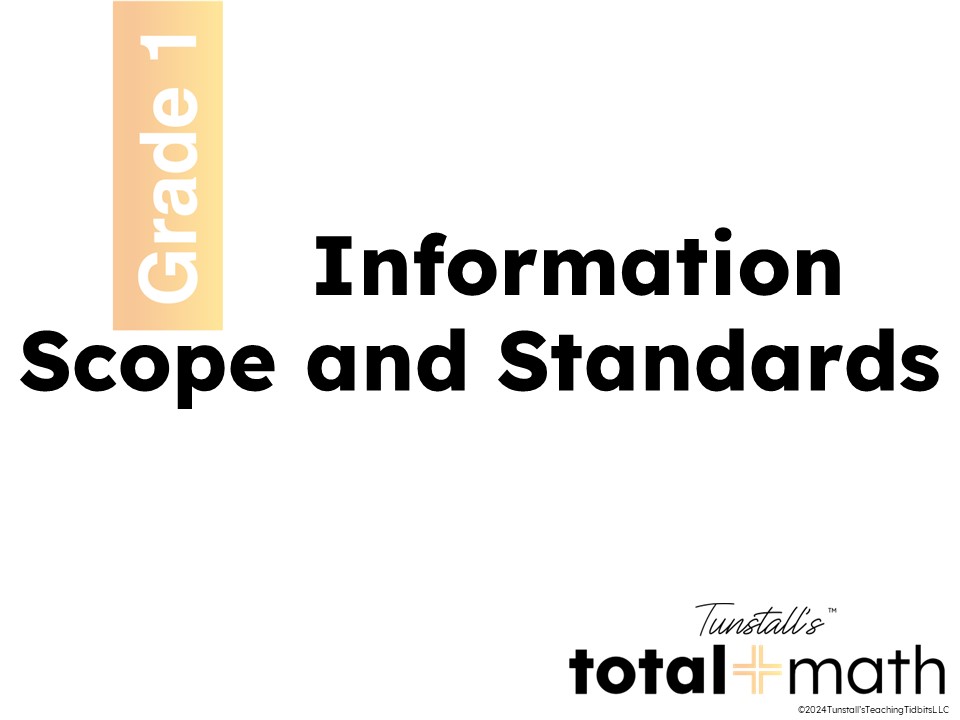

This flexible routine works across all three grades. The only thing that changes is the level of math skills and the math topics. This important routine creates math autonomy in students resulting in independent, confident, and capable mathematicians. The best part is with yearlong aligned content, all the heavy lifting is already done.
Purchase Orders and Direct Invoices for Total Math Curriculum
We can help your school or district purchase directly through us using a purchase order or invoice for payment as a vendor. For help with this, email [email protected]. To check if we are already an approved vendor, search our vendor name, Tunstall’s Teaching Tidbits, LLC. Please note that purchase orders must meet the minimum licensing requirement.

 Contact Us
Contact Us